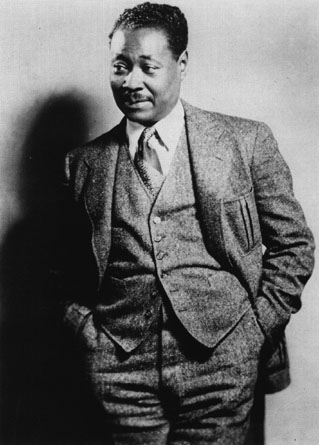Three years after this game, in 1962, James Meredith became the first African American to integrate the University of Mississippi. To put this in context, Brown v. Board occurred in 1954, the Little Rock Nine integrated Little Rock High School in 1957, and Ruby Bridges integrated the New Orleans Public Schools in 1960. As a side note, months after the Brown v. Board decision Southwest Louisiana Institute (now UL Lafayette) became the first all-white university in the Deep South to integrate by allowing African Americans to register for classes.
What does all of this information have to do with Gaines? Why is Ole Miss important in A Gathering of Old Men? In the original draft, entitled A Revenge of Old Men, LSU plays Arkansas instead of Ole Miss. However, in the published novel, the Tigers are preparing to take on the Rebels. This cannot be a coincidence, and it goes deeper than just the on-the-field rivalry between the teams. Over the years, Gaines has spoken about the inspiration that Meredith provided. In a speech housed in the archives, Gaines speaks on Meredith:
All summer long I thought I would go to Mexico. But something happened at the University of Mississippi in September of ‘62 that changed my mind. I kept thinking and thinking about this brave, very brave man [Jim Meredith]. And I told myself then that in order for me to ever write that book [The Autobiography of Miss Jane Pittman] I would have to take the same chances in Louisiana that Jim Meredith was taking in going to Mississippi (ca. 1969).Ole Miss, then, becomes more than just LSU's rival in A Gathering of Old Men, it becomes a reference to the tumultuous events that centered around Meredith's integration of the university. Meredith's enrollment at Ole Miss sparked numerous responses, including a riot the day before his first scheduled class. During the riot, two were killed and numerous people were wounded. For a great documentary on Meredith and the 1962 Ole Miss football, which went undefeated, watch ESPN's 30 for 30 Ghosts of Ole Miss. The video is below.
Gil and Cal, working together as "Salt and Pepper" in the LSU backfield, represent what can be accomplished when individuals do decide to cooperate, work together, and respect one another. Their mere presence, which will be discussed in more detail in the next post, provides hope for the future as Russ intones in the novel. What do you think about this? As always, leave your comments below.
Tomorrow night the film version of A Gathering of Old Men will be shown at the Lafayette Public Library's South Regional Branch. Make plans to join us there.










.jpg)
